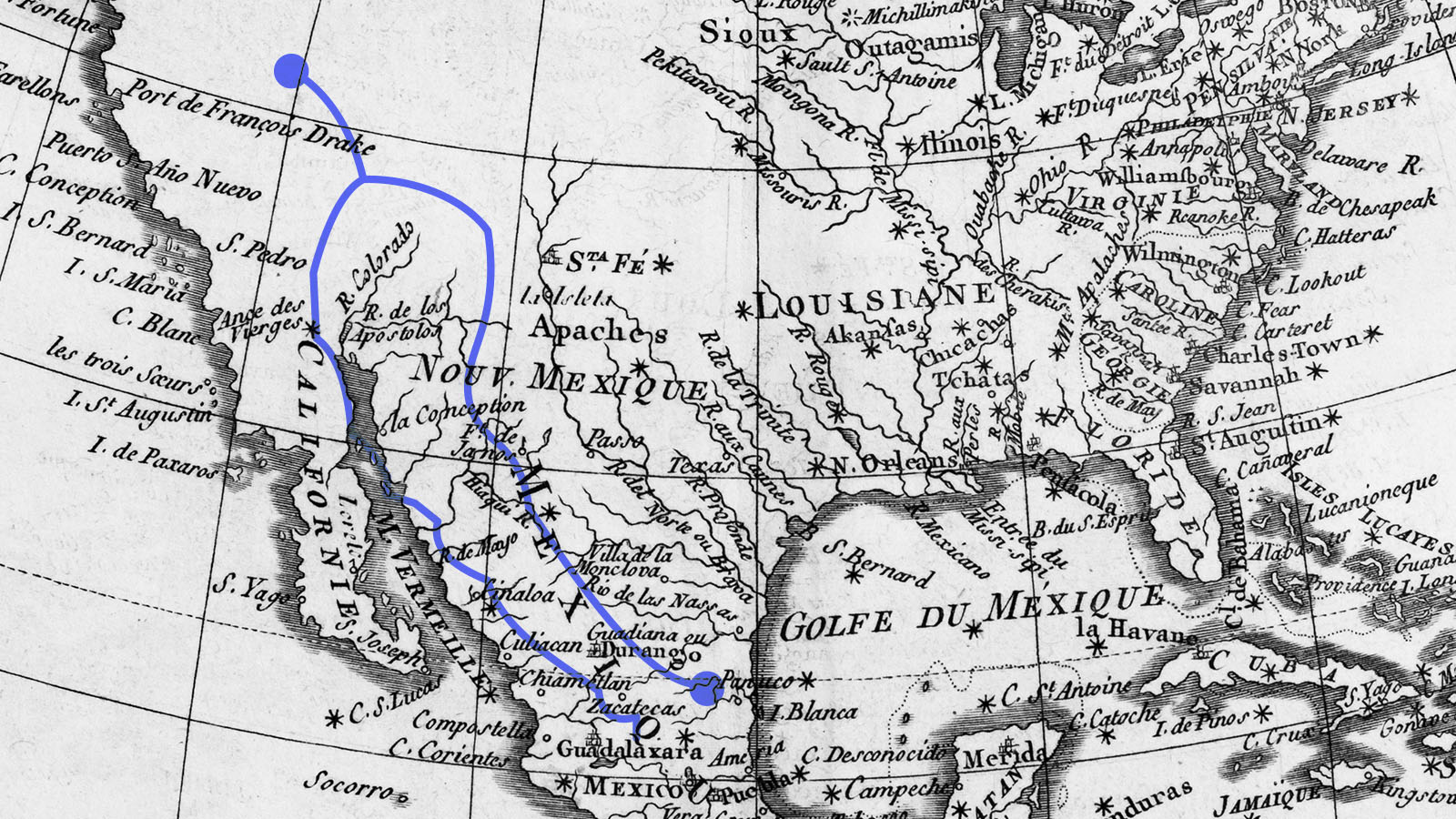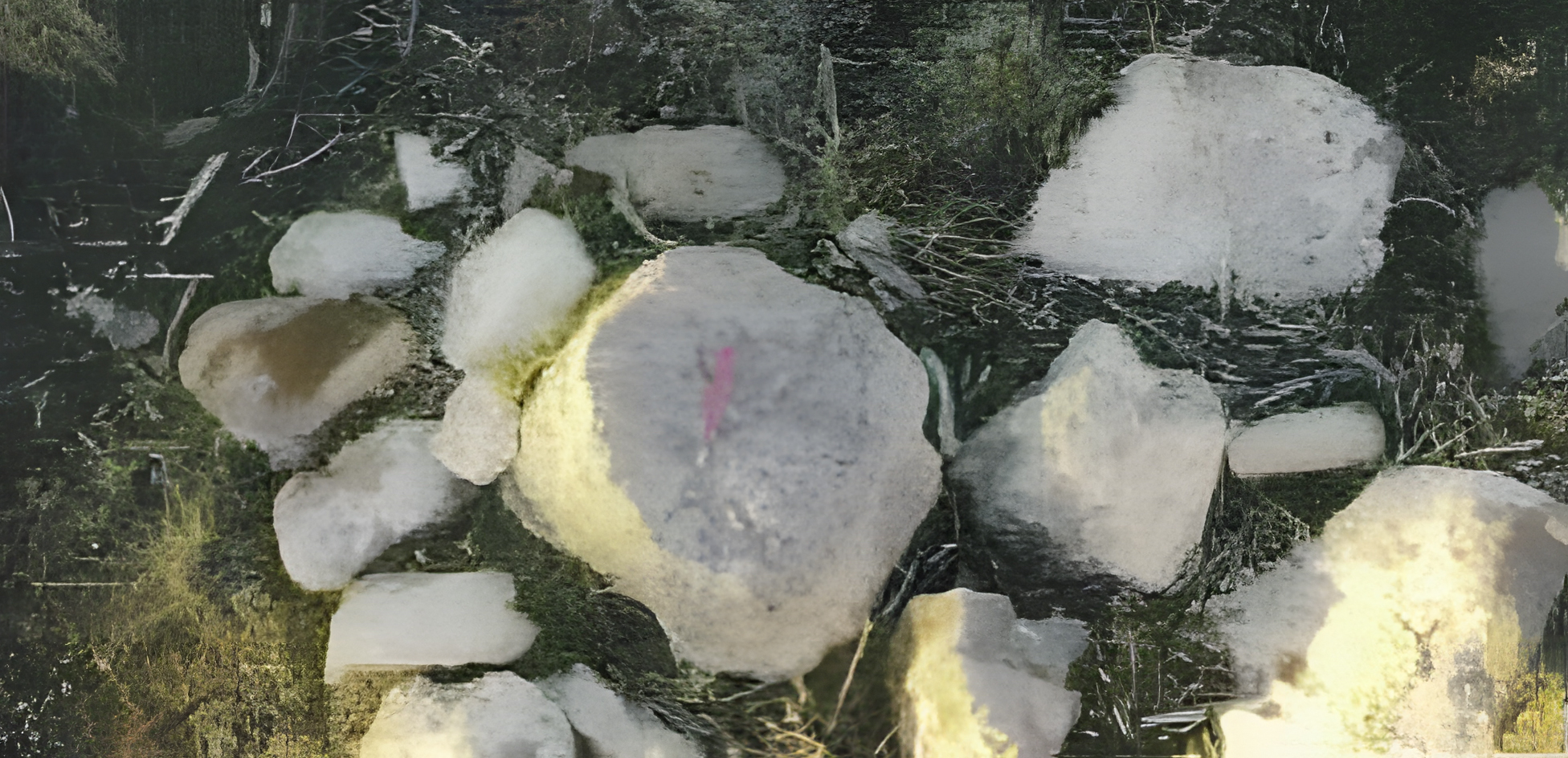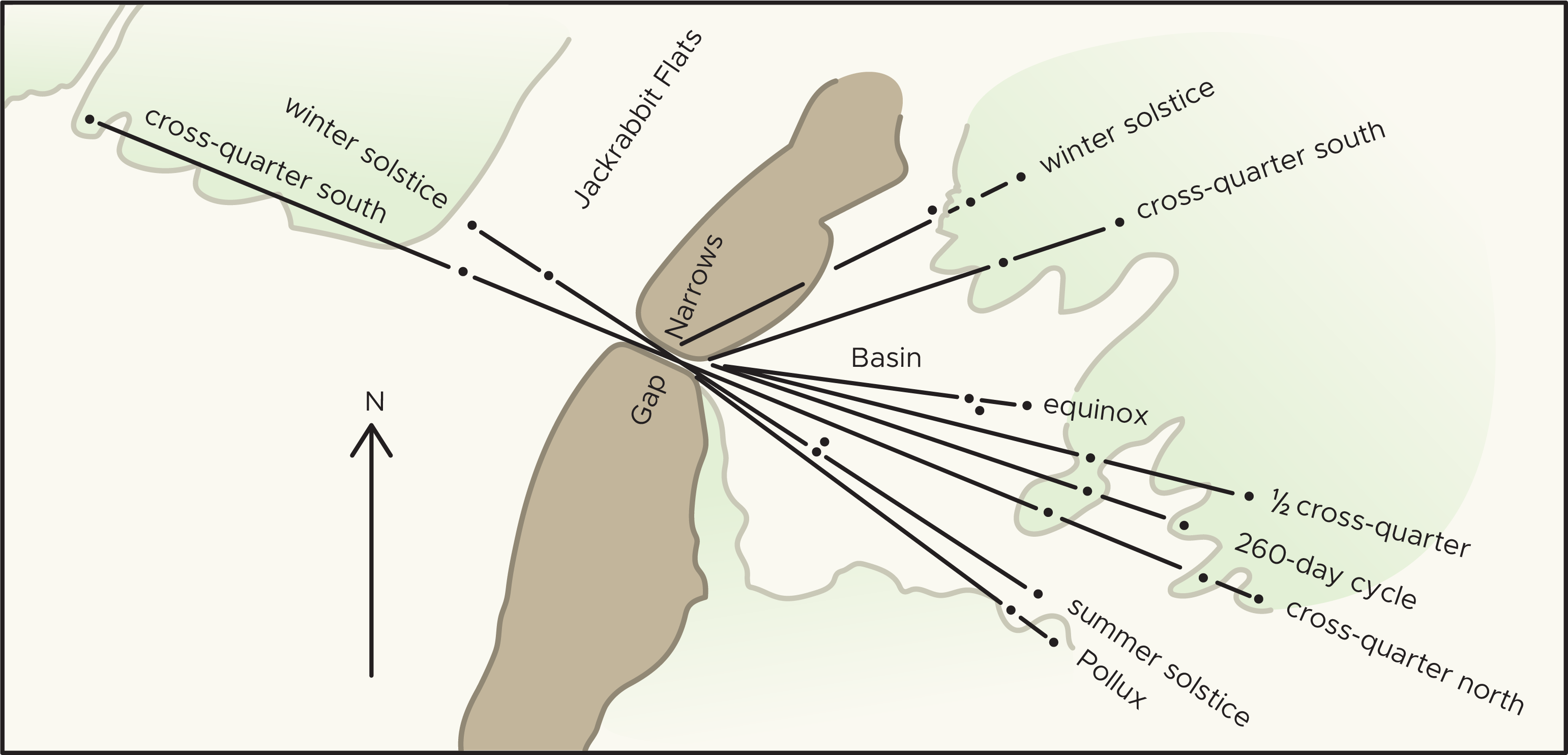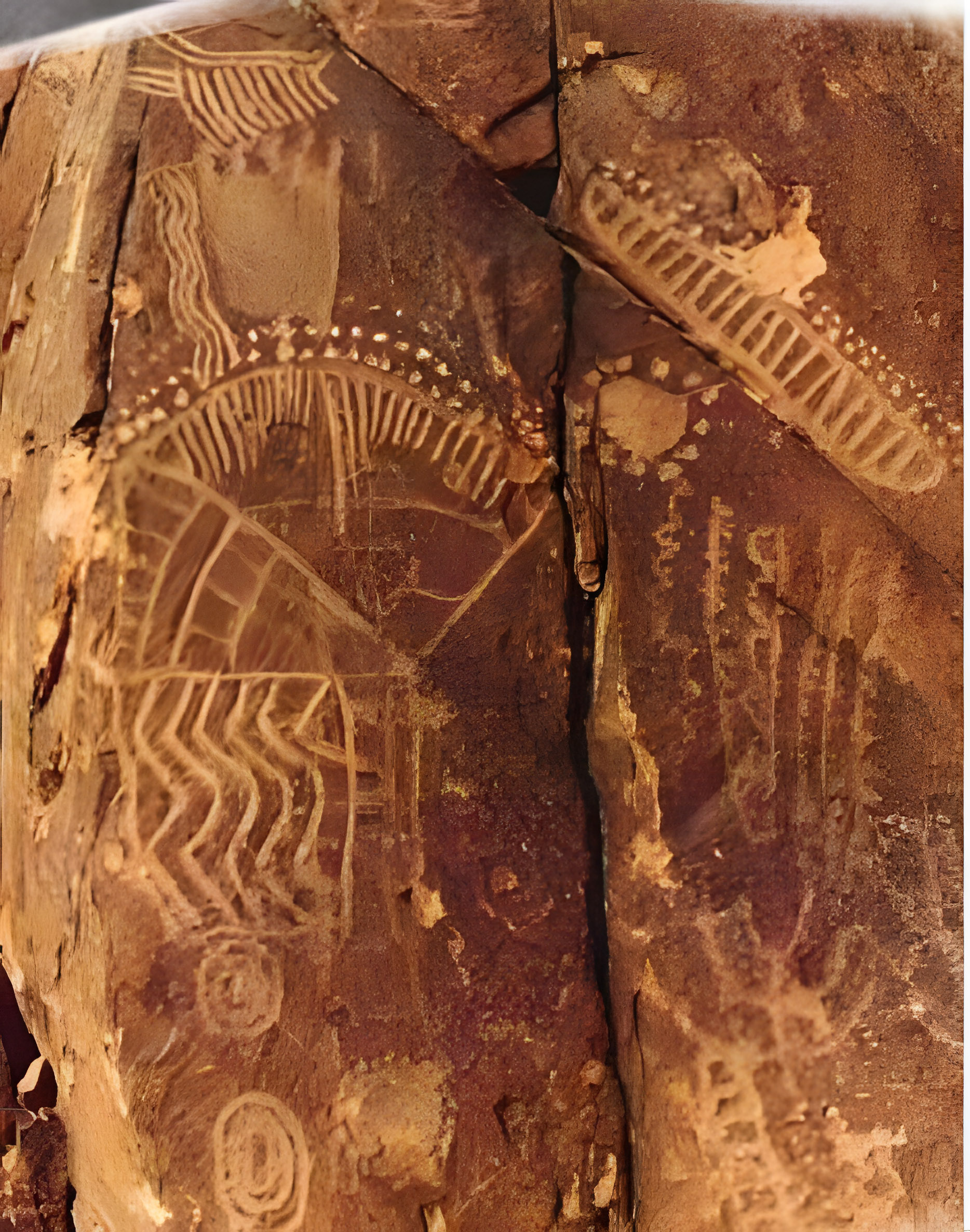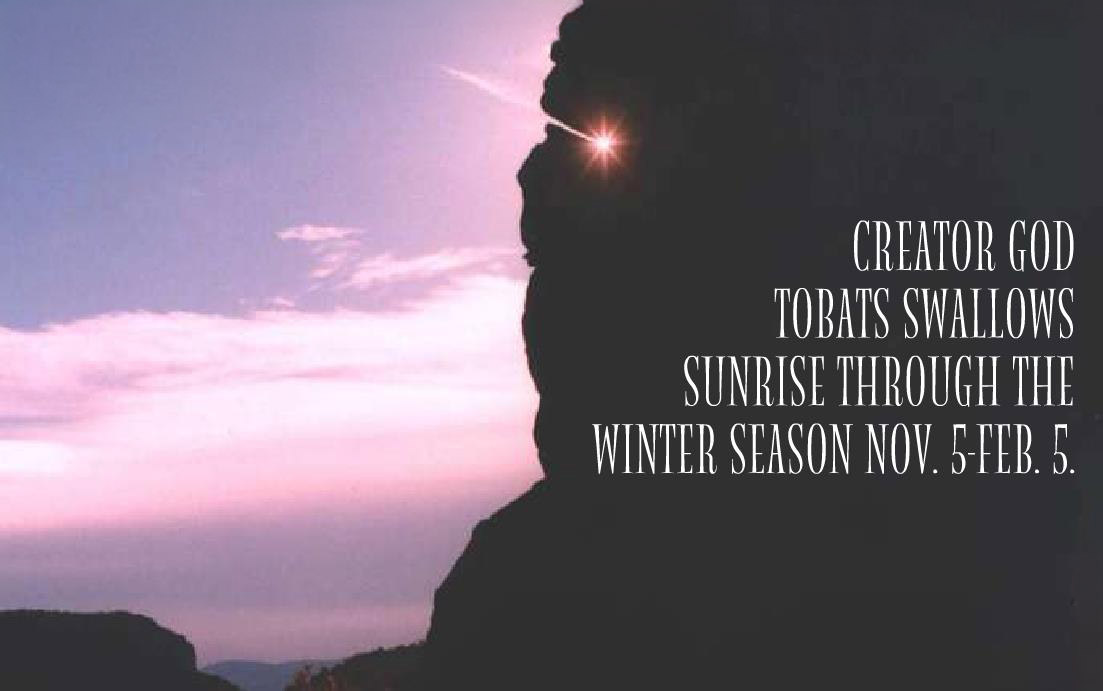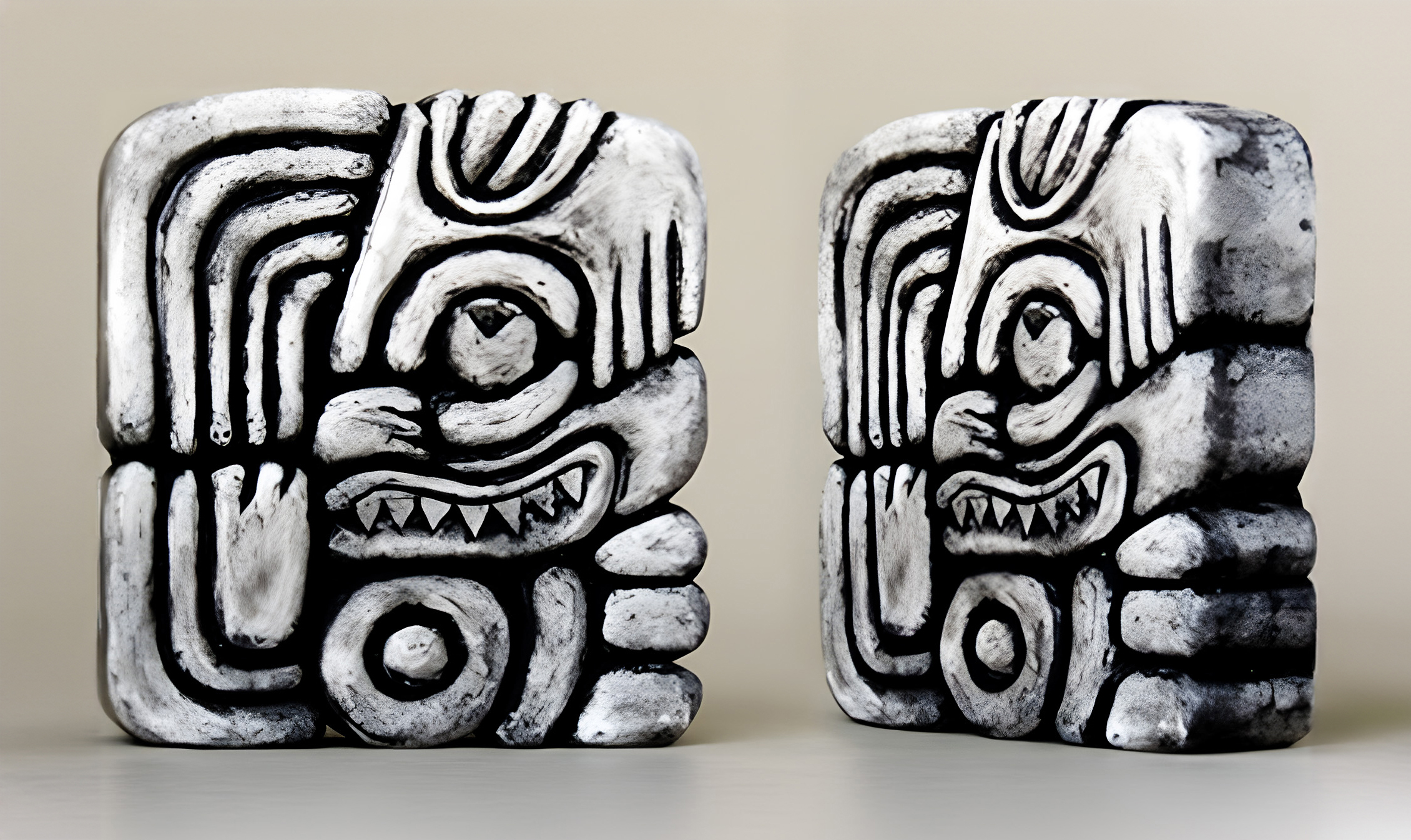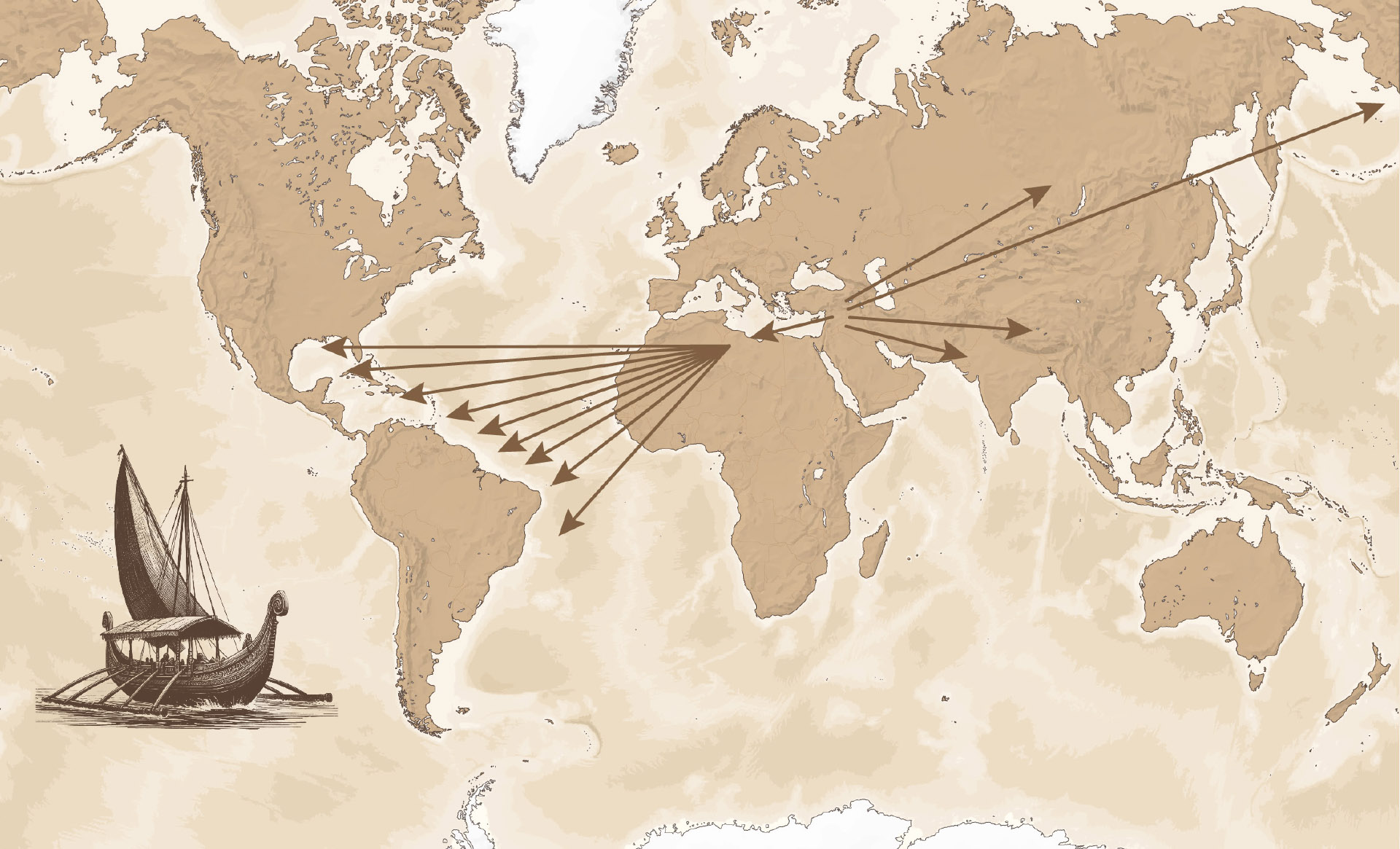Fig. 1 – Parowan Gap, Utah–April 29 (end of 260-Day “human gestation calendar count”) sunset viewed from CAIRN C3 of the annual GAP calendar cycle (See Fig. 4). The mountain GAP pass was used by ancient Mexico traders to get to western Nevada Turquoise mines.
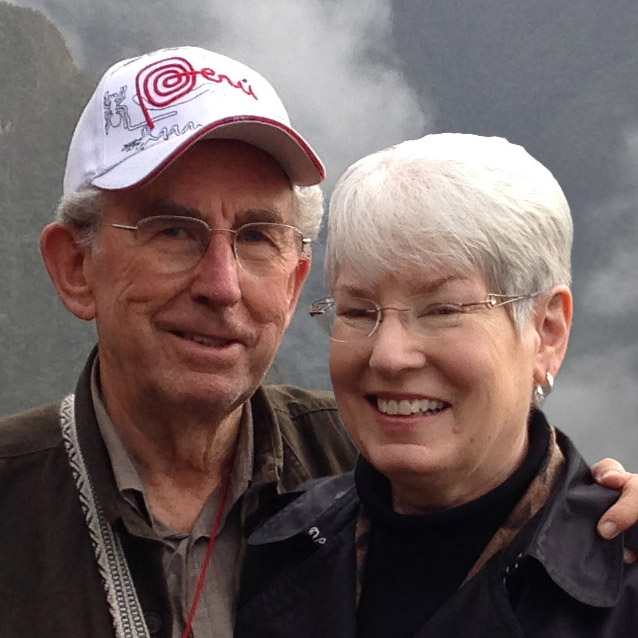
by V Garth Norman (The legacy of V. Garth Norman lives on)
“Think Native American”
Living in balance with nature and honoring it is a way of life for Native Americans and their ancestors throughout the Americas. Many years ago a leading American archaeologist said that to interpret the true picture of the past, we must “think Native American,” and try to see through the eyes of the people we study. Our family lived on the Navajo Reservation in northern Arizona from1965-1976 where I was a schoolteacher. We traveled to many ancient ruins in the Four Corners area. As we traveled north to Utah and drove through Parowan, Utah, we became acquainted with the ancient Fremont villages in this area.
Beginning in 1965 through 1980, I traveled during my summer breaks from teaching to study the antiquities at the Izapa, Southern Mexico Temple Observatory. Mesoamerican cultural contact with the Southwest is a well-established field of study. A trade network of particular interest to the Parowan Fremont in Parowan Valley and Baker, Nevada was the turquoise trade with Mexico from about 850 AD-during Toltec through Aztec times (Figure 2). The northern most turquoise mine was near Elko, Nevada. (Scientific American, Feb. 1992:78-85, Harbottle and Weigand).
After publishing three volumes on the Izapa, Mexico Temple Observatory (1973, 1976, 1980), and having obtained a Masters Degree in Archaeology at BYU (1980), I did contract Archaeology field surveys throughout the Southwest USA. The fascinating Parowan Gap petroglyphs in southern Utah became of special interest to me, and in 1993, I began the Parowan Gap Archaeology Project with BLM cooperation.
Early in my Parowan Gap contract and research, I observed how the Fremont villages at Parowan, Paragonah, and Summit were aligned to winter solstice western sunset and equinox eastern sunrises and western sunsets, similar to Izapa, Mexico’s Plaza art and archaeology alignments to its eastern and western horizons. This led me to take a closer look with assistants Nal Morris & Lance Harding.
After publishing three volumes on the Izapa, Mexico Temple Observatory (1973, 1976, 1980), and having obtained a Masters Degree in Archaeology at BYU (1980), I did contract Archaeology field surveys throughout the Southwest USA. The fascinating Parowan Gap petroglyphs in southern Utah became of special interest to me, and in 1993, I began the Parowan Gap Archaeology Project with BLM cooperation. Early in my Parowan Gap contract and research, I observed how the Fremont villages at Parowan, Paragonah, and Summit were aligned to winter solstice western sunset and equinox eastern sunrises and western sunsets, similar to Izapa, Mexico’s Plaza art and archaeology alignments to its eastern and western horizons. This led me to take a closer look with assistants Nal Morris & Lance Harding.
Three Ways Ancient Parowan Gap astronomers depicted “Measured Time”
After much study similar to my studies in Mexico, I found that the Parowan Gap calendar can be tracked and identified three different yet integrated ways:
- CAIRNS (stone-rock piles) were placed in valleys on the east & west of the Gap Narrows 1,300 years ago to watch sunrises & sunsets on specific calendar dates. Fig. 3. (above) Winter Cross-Quarter Sunset Cairn.
- NUMBER & MAP PETROGLYPHS pecked on Gap cliffs are “day, month, season, & year counts for moon, sun, & Venus star cycles: dots, lines, ladders, circles, triangles, trees, combs, serpents, etc.
- SHADOW-MARKER PETROGLYPHS pecked for strategic viewing and sighting on rock cliffs inside the Gap Narrows—recorded the same dates as the Cairns.
The ancient Pueblo calendar system was based on the trained calendar priest being able to spot key dates by standing at a calendar shrine to watch the sun’s rise or descent on a distant horizon feature. Puebloan calendar priests still use petroglyph shadow markers by spotting the sunlight shadow on key dates across a doorway, post, or through a window. The Gap Narrows is a natural “window” created by nature for watching sunrises and sunsets to measure time.
CAIRNS:
Archaeo-astronomy is modern man’s way of discovering how people in the past measured and recorded the sun, moon and star cycles in the heavens. At the Parowan Gap, observatory Cairns were put in place by ancient astronomers in the valleys up to a mile on the east and west sides of the Gap Narrows cliffs. Each Cairn is in a position for watching a sunrise or sunset on a specific calendar cycle date through the Gap Narrows (Fig. 4) such as Summer Solstice on June 21. Cairns also correlate with petroglyph sun shadow calendar markers and with moon and sun cycle number petroglyphs.
Five primary sun dates begin the year at Summer Solstice sunset (June 21). The sun moves south for six months to the Winter Solstice sunset (December 21). Then the sun appears to reverse its path by moving up north again to Summer Solstice (June 21).

GAP PETROGLYPH PANEL C13
Mesoamerican scholar Michael Coe often said that the 260-105 Day Sacred Mayan Calendar was the “most important mental construct in Mesoamerican civilization (originating at Izapa, Mexico 1600 BC). Discovery of this calendar at Parowan Gap persuades us that ancient migrations occurred between Central America and Utah’s Great Basin deserts.
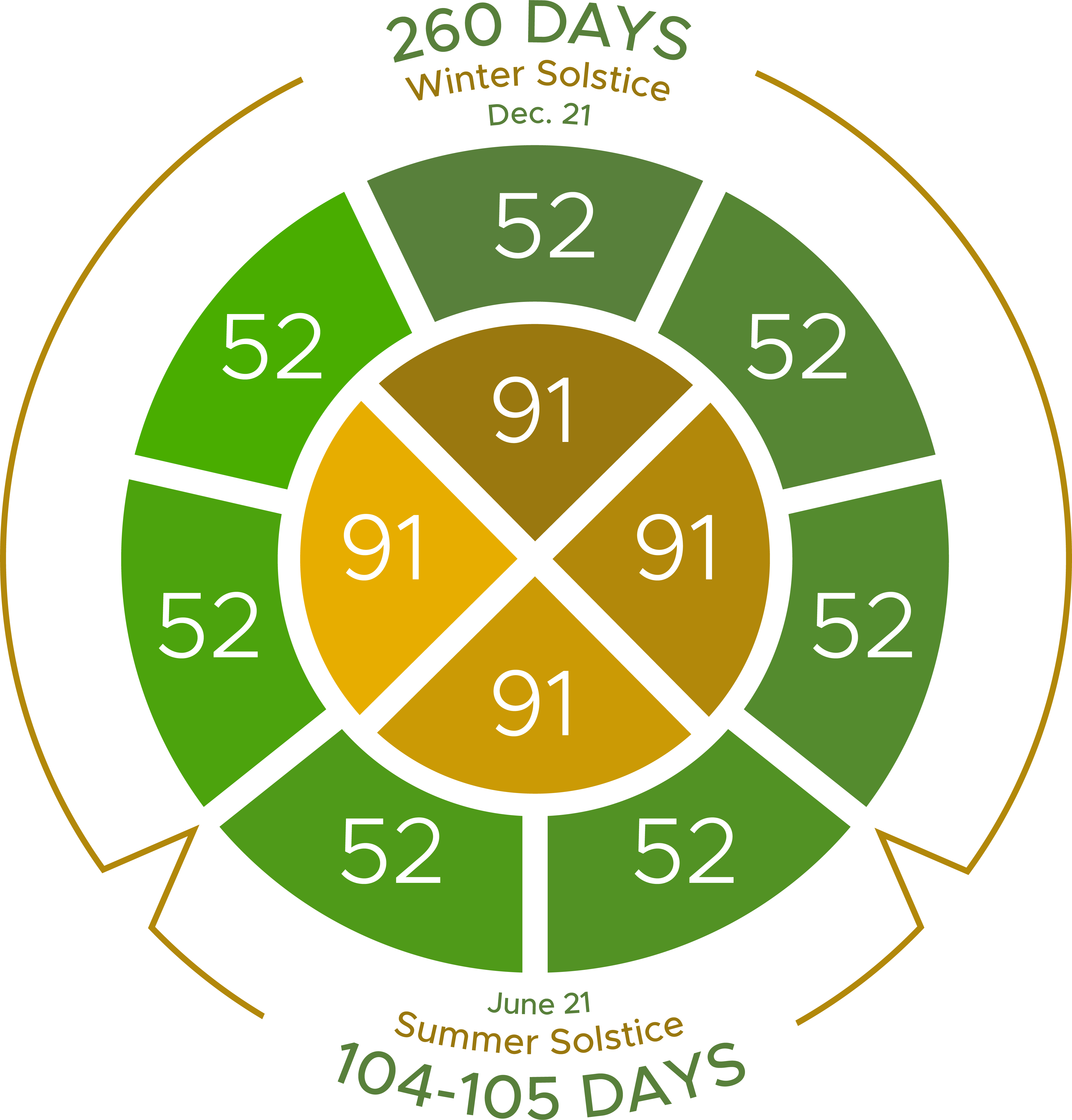
SOUTHWEST PAIUTE TRADITIONS
Paiute reverence for all life forms was and continues to be manifested in their daily life. They have all oriented the doors of their dwellings to the sunrise, and prayed at sunrise, noon, and sunset. They always pray for rain, planting, harvest, and before a hunt. They also observe life cycle rituals at puberty, marriage, birth and death. (The Paiute by Franklin and Bunte 1990:39-42)
THE MOON CYCLES (Fig. 10)
The nocturnal owl, symbol for the moon, is perched over a lunation count. One evening when I was standing in front of this panel a full moon rose on the eastern horizon. As it came into full view, an owl flew from its cliff nest above and perched on a rock at the east end of the Narrows and gazed at the moon. Why is the owl image composed of a bear paw for its body? The owl is a symbol of the night and the bear hibernates through the winter season—symbol of the “night” time of the year. Below the owl is a “fan” with 29-day lines—for new moon to full moon, ending with the final crescent moon in the east. The section below the fan has a 6-comb (6 months) and 4-ladder (4 seasons) and 3-space (3 month quarters).
The upper right 19-step ladder (nearest whole number to 18.6) records the Metonic Moon cycle of 18.6 years. A 5th century BC Greek astronomer named Meton found that the sun and moon have a same day “conjunction” every 19 years.

MANY PETROGLYPHS FOR MANY CALENDAR EVENTS
There are many more sun, moon, Venus, & other planet petroglyphs carved on the cliffs of the Parowan Gap Narrows. There are also “maps”, such as a map (Fig. 9) that correlates with the Gap mountains and trails that was probably a guide for hunters. Of great importance to the ancient and modern native people is the Creator God Tobats (Fig. 11) swallowing the sunrise on November 5 and February 5 through the winter season. Dr. John Pratt said, “After Personally having visited the Parowan Gap several times with Garth Norman, it is clear to me that the Cairns were set up as observation markers to indicate set times for a solar calendar by sighting through the Gap Narrows. The Gap appears to be a natural ‘Stone Henge’ because it is already aligned with the summer solstice sunset.” He states that every time he visits the Gap, he discovers more petroglyphs or sighting stations. . . .
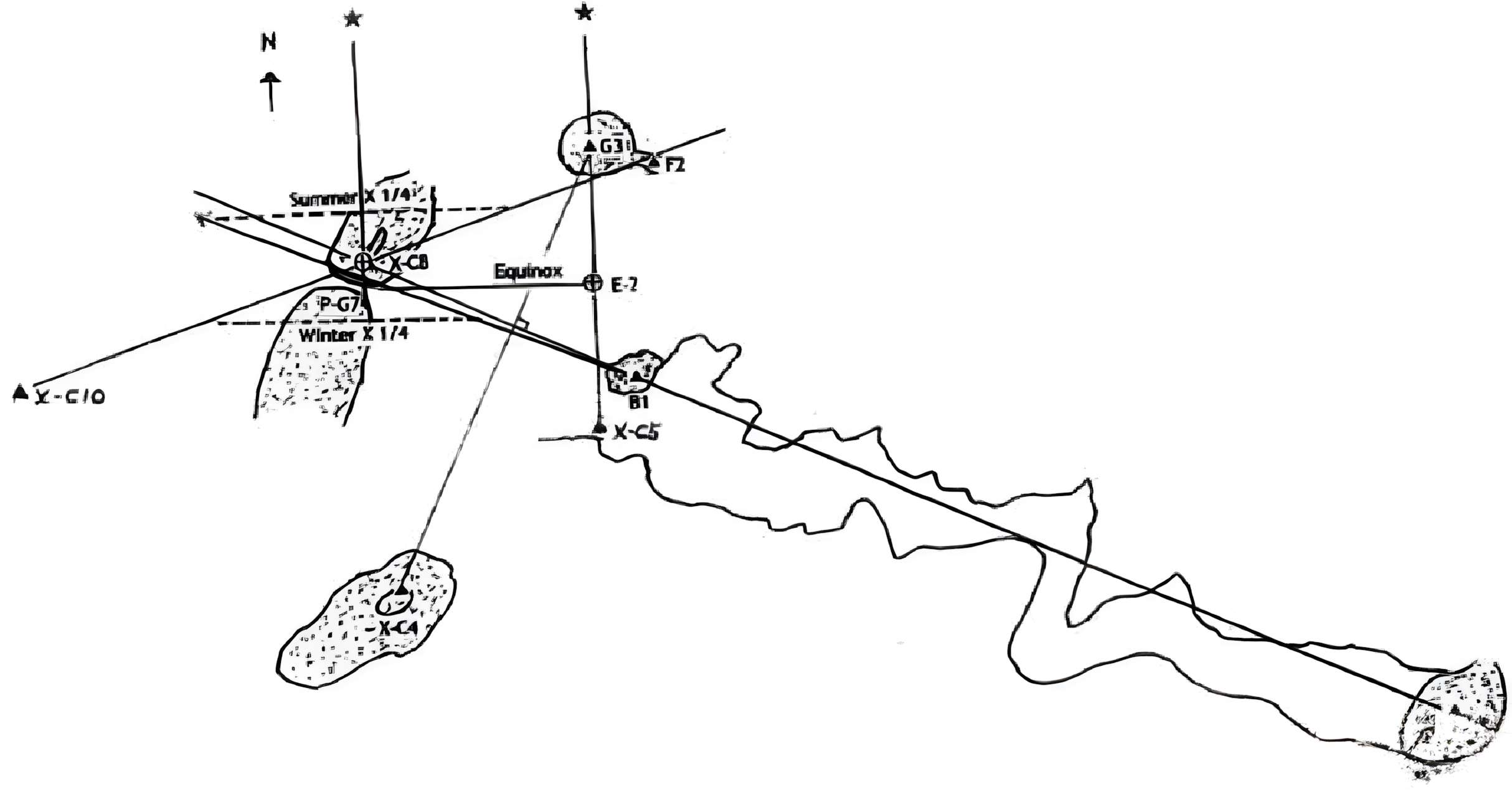

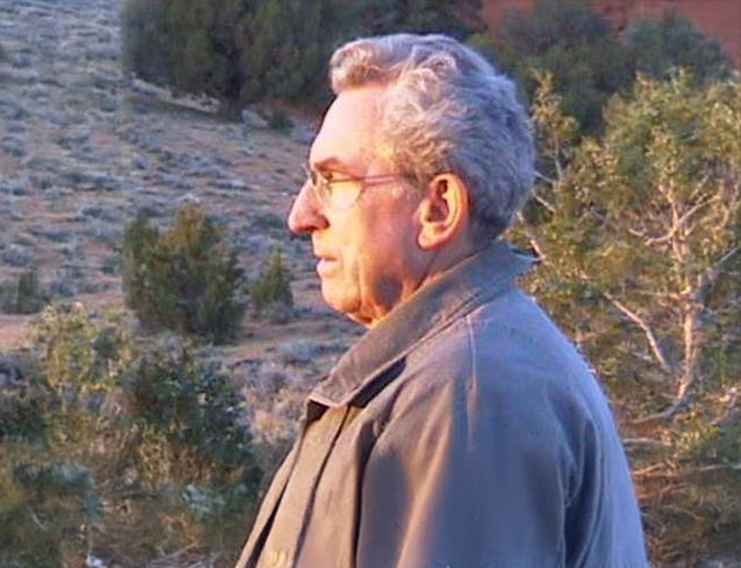
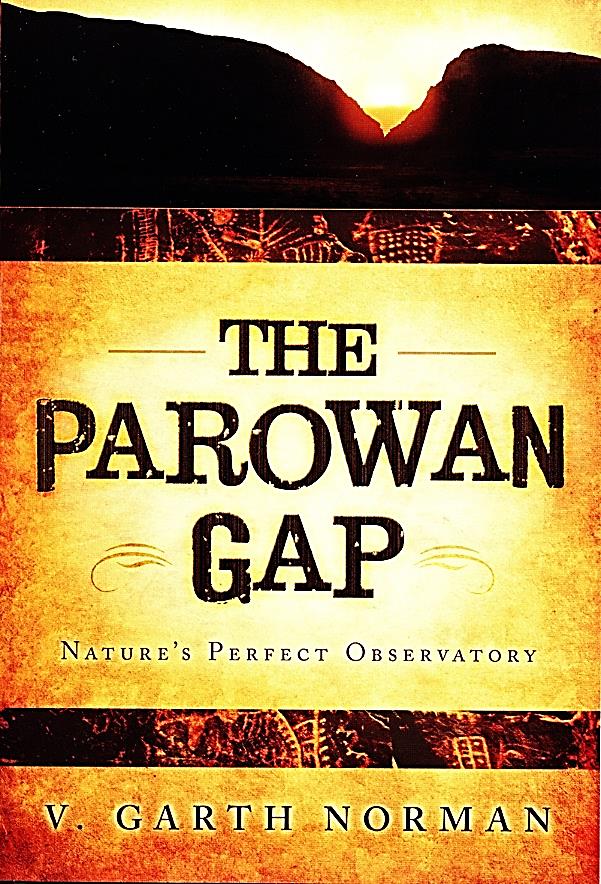
Watch this video to learn more


